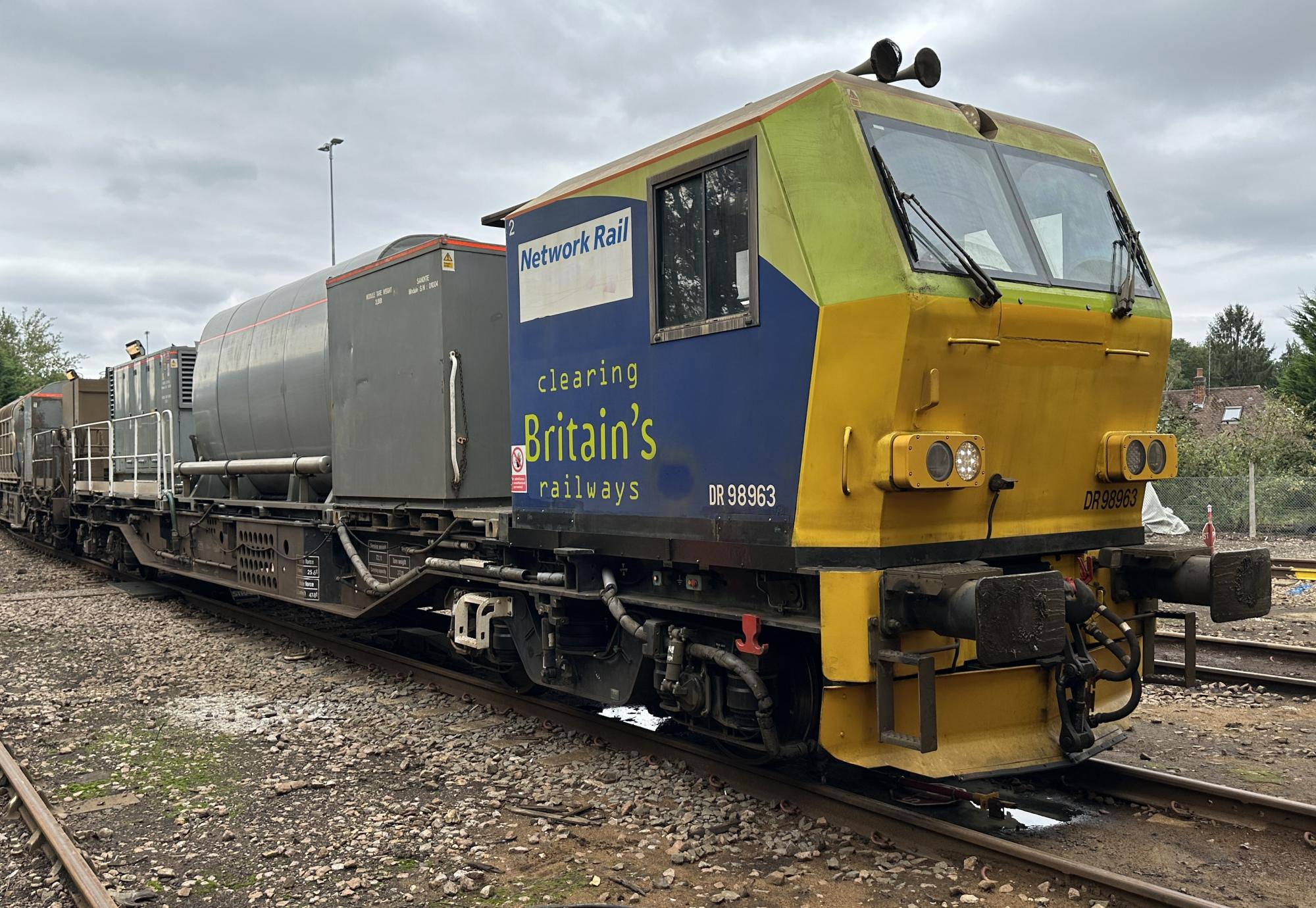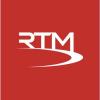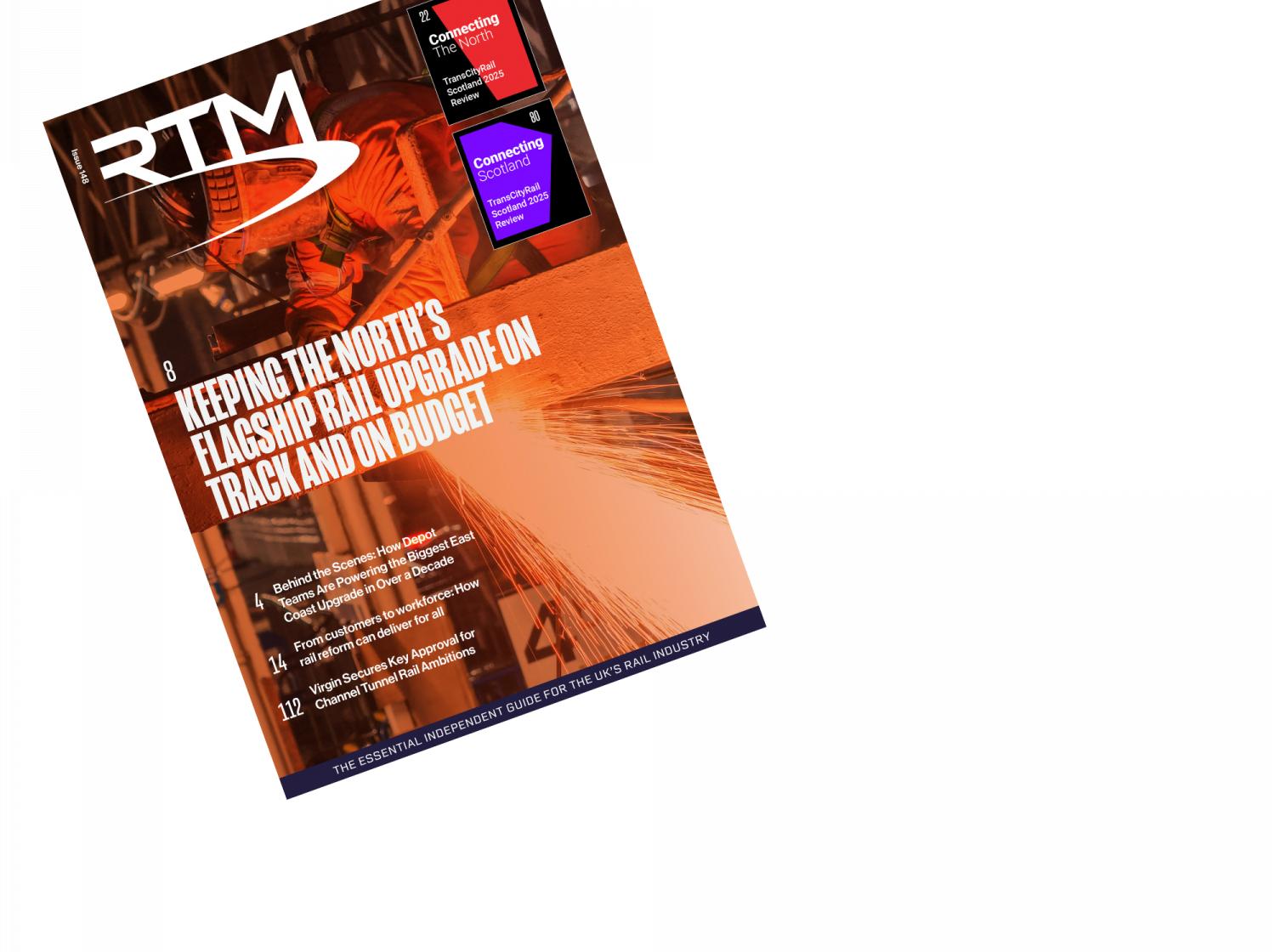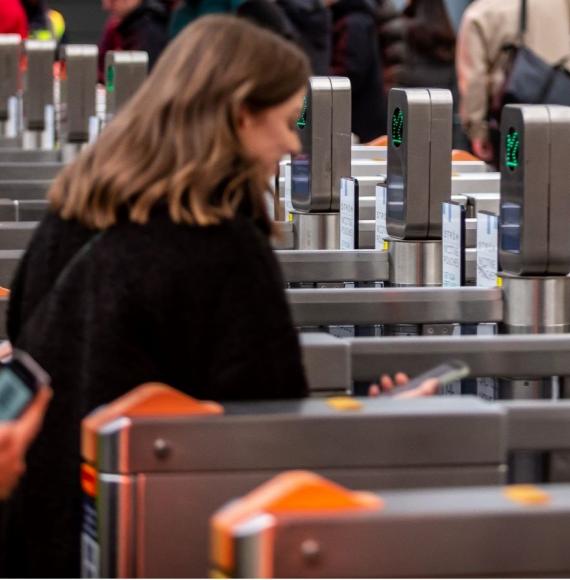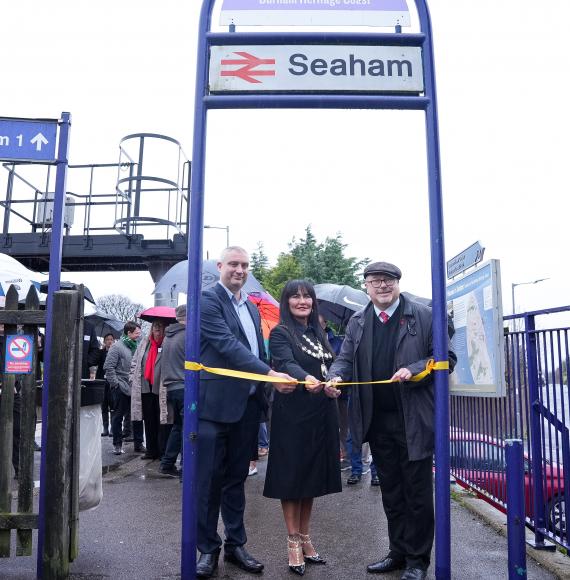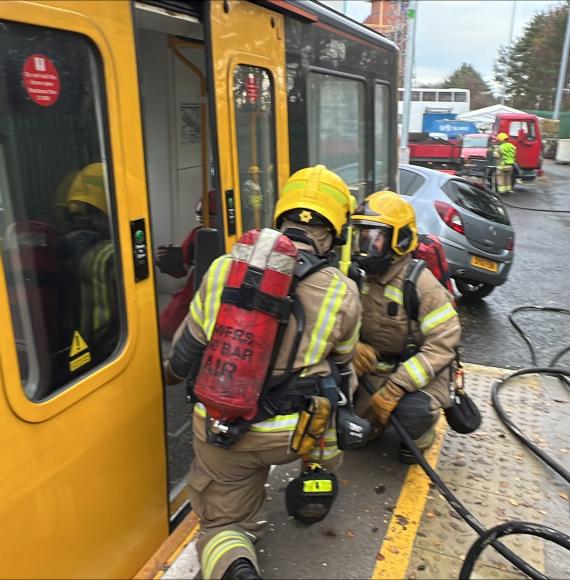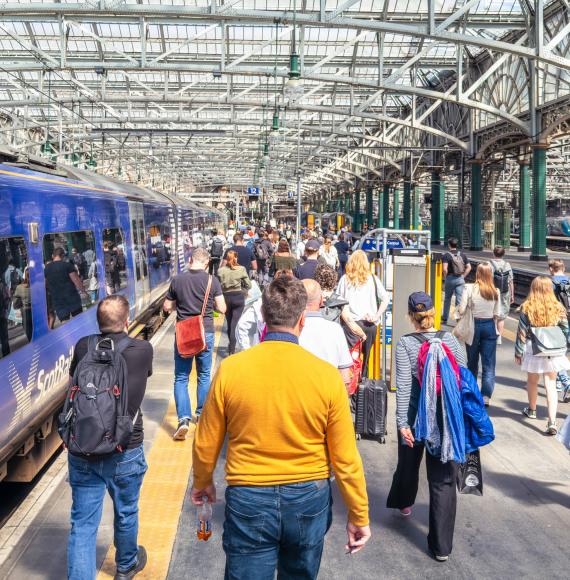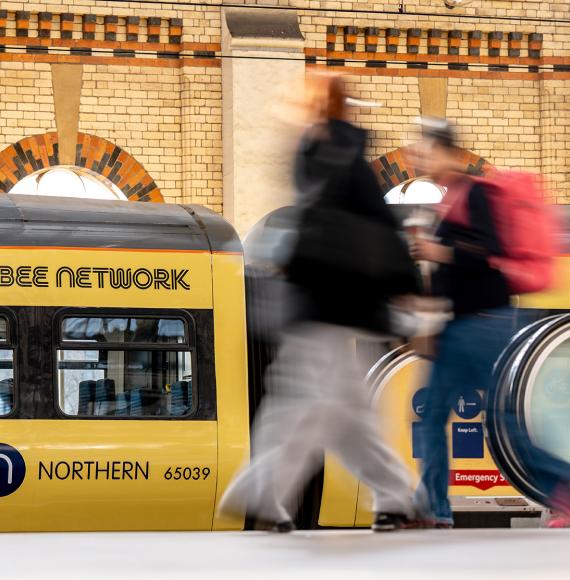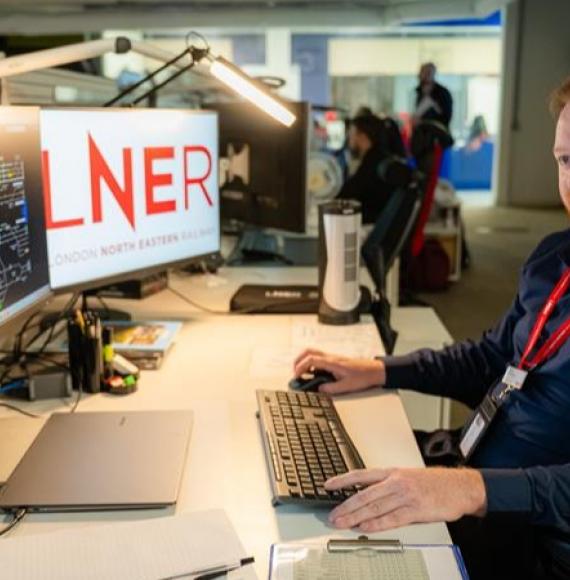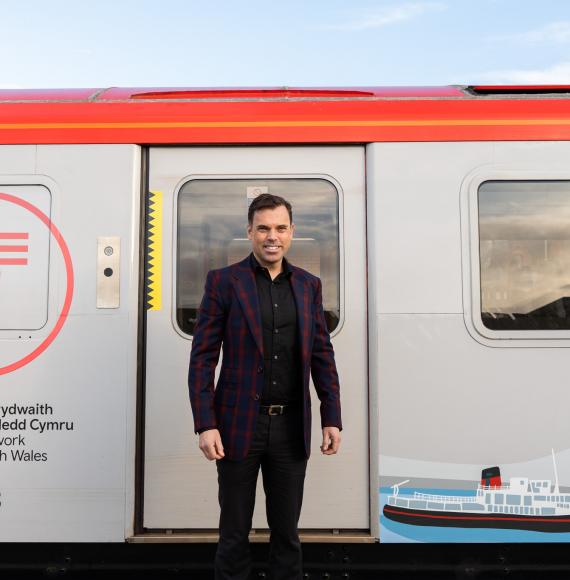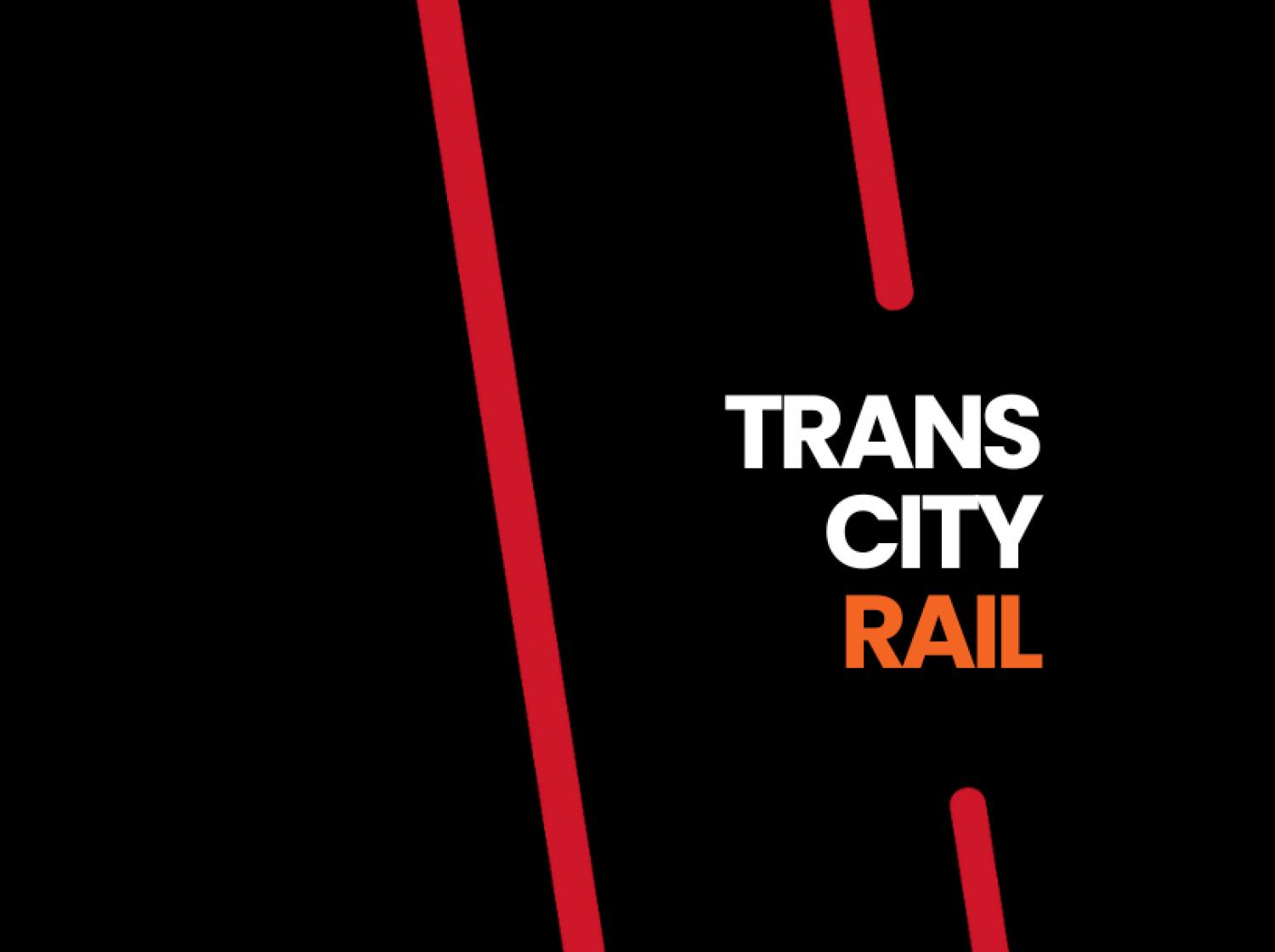Network Rail and South Western Railway (SWR) have launched a groundbreaking initiative that has more than doubled the number of trains treating the railway to keep tracks leaf-free this autumn.
Innovative Rail Adhesion Project
For the first time in southern England, a collaborative project funded by Network Rail and inspired by SWR has retrofitted 39 SWR Class 158 and 159 trains with advanced technology. This technology, developed by Siemens Mobility, applies sand to the tracks, enhancing wheel grip during the wet and slippery autumn and winter months. The upgraded sand applicators release sand at variable rates based on train speed and track conditions, distributing up to 5kg of sand per minute and automatically applying sand when braking. This significantly reduces stopping distances.
Diesel-Powered Fleet
SWR’s Class 158 and 159 trains, which are diesel-powered, operate on non-electrified sections of the railway, such as the West of England Line (Waterloo to Exeter), Romsey, and occasionally between Salisbury and Reading.
Leaf-Busting Trains
Nationally, a fleet of multi-purpose vehicles travels up to 40 times around the world each autumn, performing tasks like weeding, de-icing, and cleaning the railhead to ensure train wheels stick to the tracks. In Network Rail’s Southern region, which spans from Weymouth to Brighton to Dover, a massive operation is underway to tackle leaf-fall. This includes advanced planning, specialized forecasting, and the deployment of Network Rail’s fleet of ‘leaf-busting’ trains.
Seasonal Operations
This autumn, 19 Windhoff Multipurpose Vehicles (MPVs) and 6 Rail Head Treatment Trains (RHTTs) will operate from depots in Effingham, Horsham, and Tonbridge. These specialist trains use high-pressure water jets to blast leaves off the lines and apply a sand-like gel to improve rail grip. Operating until mid-December, they will treat 318,000 miles of track, working tirelessly to keep the railway leaf-free.
Advanced Cleaning Solutions
Following a successful trial on the Wessex route, Network Rail is using a quick-acting rail cleaner that does not require rinsing or wiping. Applied by hand or via a Sand Rover – a specially-adapted 4x4 Land Rover – this solution self-cleans and leaves a micro layer that is reactivated by rainwater, keeping the rail head clean for longer.
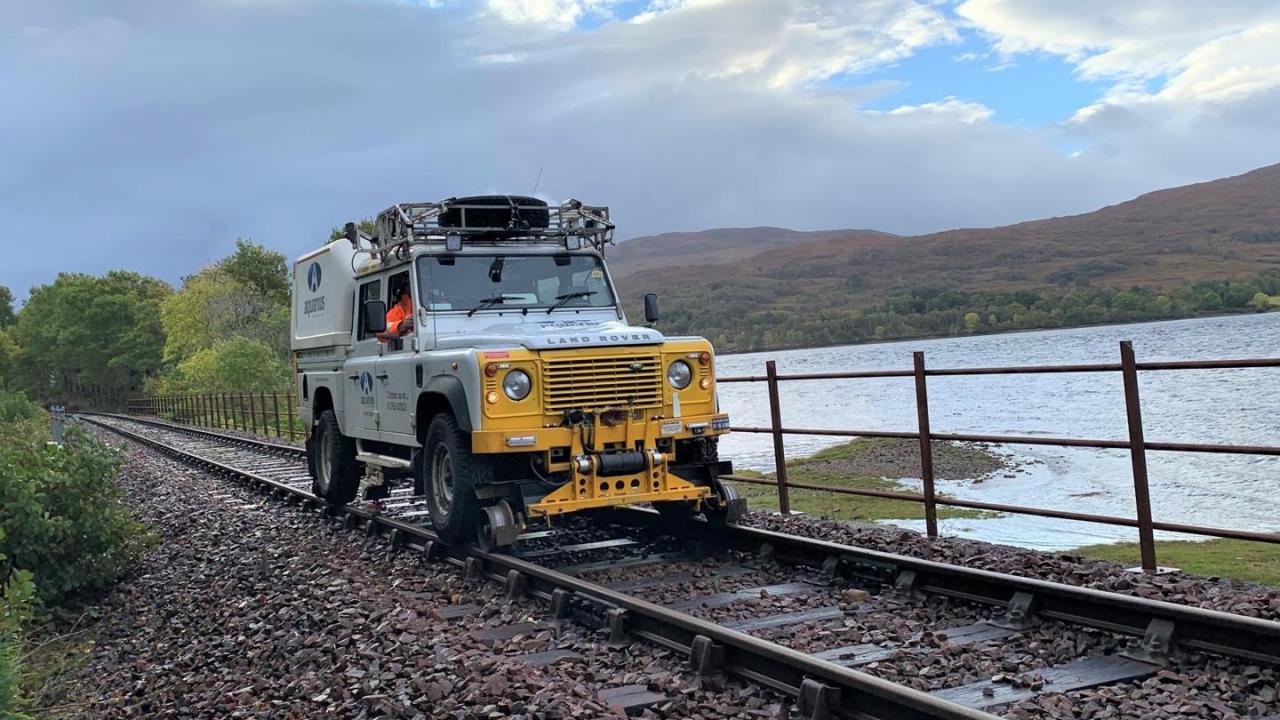
High-Tech Inspections
Drones and high-definition video cameras, known as Automated Intelligent Video Review (AIVR), are being deployed to inspect the railway and reduce the need for line closures. These technologies help maintenance teams identify areas where the railhead is contaminated by leaves or ice, allowing for targeted treatment.
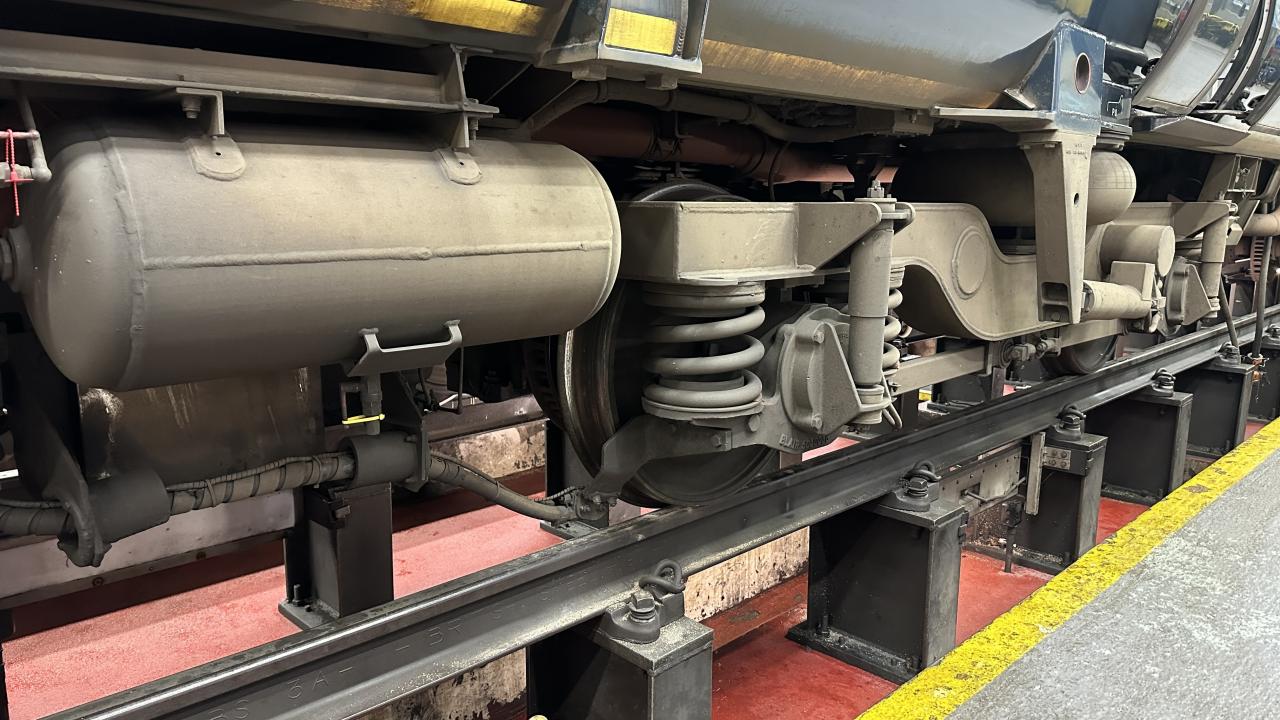
The Railway’s Black Ice
Every autumn, around 500 billion leaves fall onto the railway, creating a thin, hard layer on the rails that affects braking and acceleration, similar to black ice on roads.
Autumn Timetables
To ensure passenger safety, some train operators, including South Western Railway, publish special autumn timetables with revised journey timings. These timetables allow extra time for cautious driving due to slippery conditions caused by leaf fall, ice, and snow, ensuring passengers reach their destinations safely and reliably.
Mark Goodall, Network Rail’s Wessex Route Director, said: “Every year our teams work extremely hard to keep the tracks leaf-free during the Autumn so that passenger and freight services can continue running safely and reliably. This requires a huge operation and a significant number of miles covered by our leaf-busting trains.
“This sand applicator technology and partnership with SWR will undoubtedly help extend and complement our efforts to rid the tracks of leaves and help trains to better grip the tracks even in the wettest and slippery of conditions.”
Neil Drury, South Western Railway Engineering and Infrastructure Director, said: “The new sanding system for our fleet of Class 158 and Class 159 trains will improve safety and help keep our services running on time in some of the most challenging conditions for the railway.
“Our engineers have done a brilliant job to efficiently install the system on all 39 of our trains and get them back out on the network to serve customers. The results show a clear difference compared to the previous sanding system, halving the stopping distances on slippery rails.
“Our partnership with Network Rail and Siemens Mobility is a great example of how the rail industry can come together and improve safety and performance.”
Sambit Banerjee, Joint CEO UKI, Siemens Mobility, said: “We are delighted to see our cutting-edge Variable Rate Sanding technology being installed on 39 of the Class 158/159 units for SWR and reaching the milestone of going into passenger service.
“This innovative technology optimises the rate at which sand is spread, significantly enhancing braking performance in challenging conditions, like wet conditions or autumn leaves on the line, enabling braking performance almost matching dry conditions. With a target braking force of 4%g, the SVRS system consistently achieved above 5%g braking in all scenarios in testing.
“This has been an excellent collaboration between SWR and Network Rail, underscoring our combined commitment to improving rail safety and we are grateful to have been supported by research from the Rail Safety and Standards Board (RSSB). This is a great achievement for the innovation team at Siemens Mobility, and the technology was Highly Commended at the National Rail Awards, being recognised as having great potential for trains across the whole UK railway.”
Image and Video credit: Network Rail

